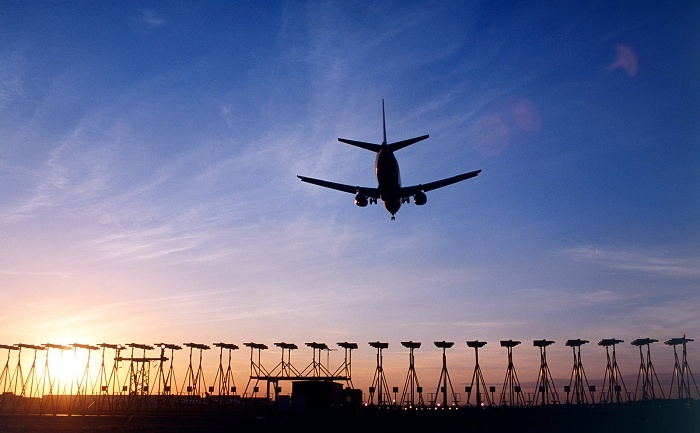
Government argues for repatriation overhaul following Monarch collapse
Too many air passengers are flying without adequate protection against the insolvency of their airline, a government-commissioned review has reported.
The Airline Insolvency Review was established following the collapse of Monarch, which left tens of thousands of passengers stranded overseas.
Officials, led by the CAA, spent £60 million on repatriation.
The review found passengers must have clarity and confidence about the risks of airline insolvency and how they are protected when they travel.
The current protection landscape does not give passengers enough support, is often confusing, and can lead to some passengers paying twice for the same protection while others, whether they know it or not, go unprotected, the review added.
ADVERTISEMENT
Peter Bucks, chair of the Airline Insolvency Review, said: “Air travel clearly brings huge benefits, connecting people from all over the world, but when an airline goes out of business, it can affect large numbers of people who can often look to their government and the taxpayer to assist them in their hour of need.
“Too many do not have protection of their own, too often requiring the taxpayer to step in.
“Even though airline insolvencies are relatively rare, we need to be prepared to deal with the consequences for passengers when one occurs.
“Ensuring all passengers can get home requires organisation, funding and in many cases more than simply rebooking onto other flights.
“The interim report is a key milestone in the Airline Insolvency Review, giving the opportunity to reflect on the views we have heard to date and setting out our initial conclusions.
“In the next phase of our work, we will continue to engage openly with interested parties as we develop concrete proposals to address these complex issues.
Findings of the review so far have shown that there is no one-size-fits-all solution to repatriating passengers in the aftermath of an airline failure — the best approach will depend on the airline and circumstances of the failure.
In the event of an airline insolvency, the review has identified that the most effective option is to keep the fleet of an insolvent airline flying.
However, this is not without considerable challenges, risk and expense.
Therefore, it is necessary to ensure a range of options are available, including using existing alternative capacity where possible and chartering additional aircraft.
This approach will be described in more detail in the final report.
Other findings of the interim report include:
- The risk of an airline insolvency is significant and if it were to happen, could affect large numbers of people, as was seen in the cases of Monarch and airberlin
- Current protection measures — such as travel insurance, credit cards, ATOL protection — often overlap, meaning that some passengers have paid for protection twice and others have no protection at all
- There are limits to the numbers of passengers that can be handled by existing capacity and Monarch-style charter operations — this means that larger UK airlines would need to be kept flying in administration to ensure passengers are able to make swift returns home and avoid long delays
- Repatriating passengers is likely to require additional sources of funding than are currently available, if the burden is not to fall to the taxpayer — the review is exploring how these additional funds could be made available
- The review will look at the role that awareness-raising among passengers can play, but is sceptical it will deliver a solution to protect the taxpayer fully from the risk of intervention in larger airlines’ failures
The review assessed the insolvency risk of the top 17 UK airlines that account for over 80 per cent of the UK’s air passengers.
The average risk of any one insolvency is around 25 per cent in any one year.
For the 11 airlines with publicly available credit ratings the average probability rises from six per cent this year to 13 per cent in 15 years’ time.
On average an airline insolvency would impact 500,000 passengers in 2018 to nearly 900,000 in 15 years’ time.
This analysis is based on the average risks of companies with those credit ratings across all sectors.
The risk in the aviation sector may be larger or smaller.
For example, this analysis does not take into account the possibility that more airlines may cease trading through mergers and acquisitions than is the case across other sectors and hence avoid insolvency.

